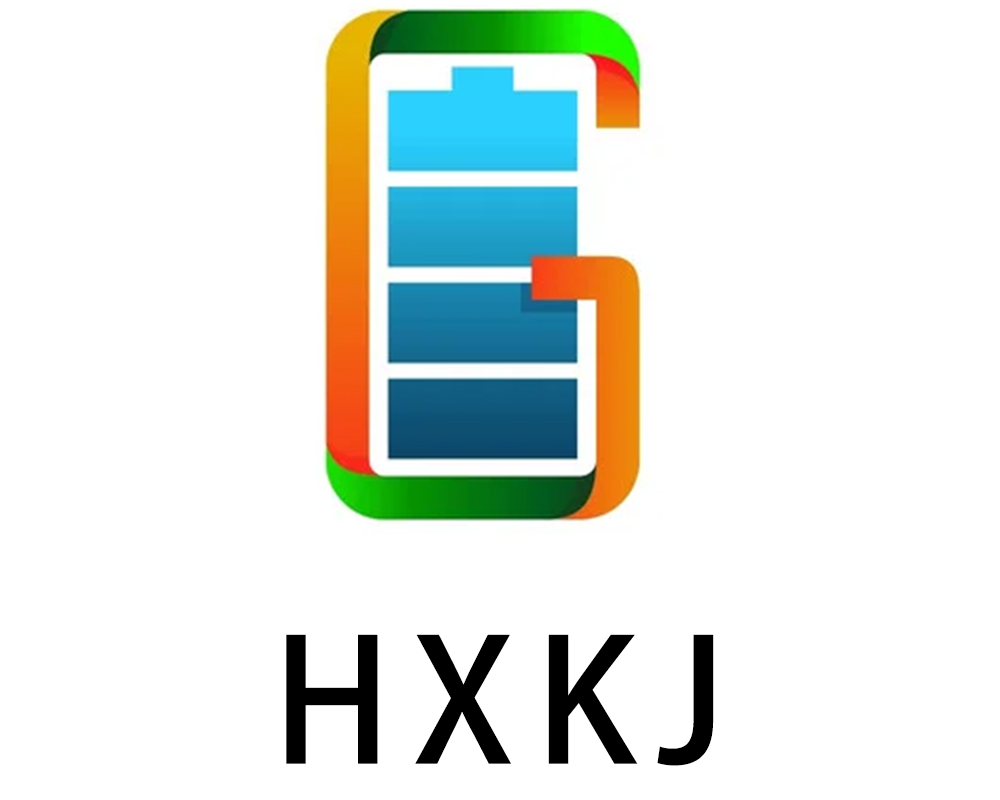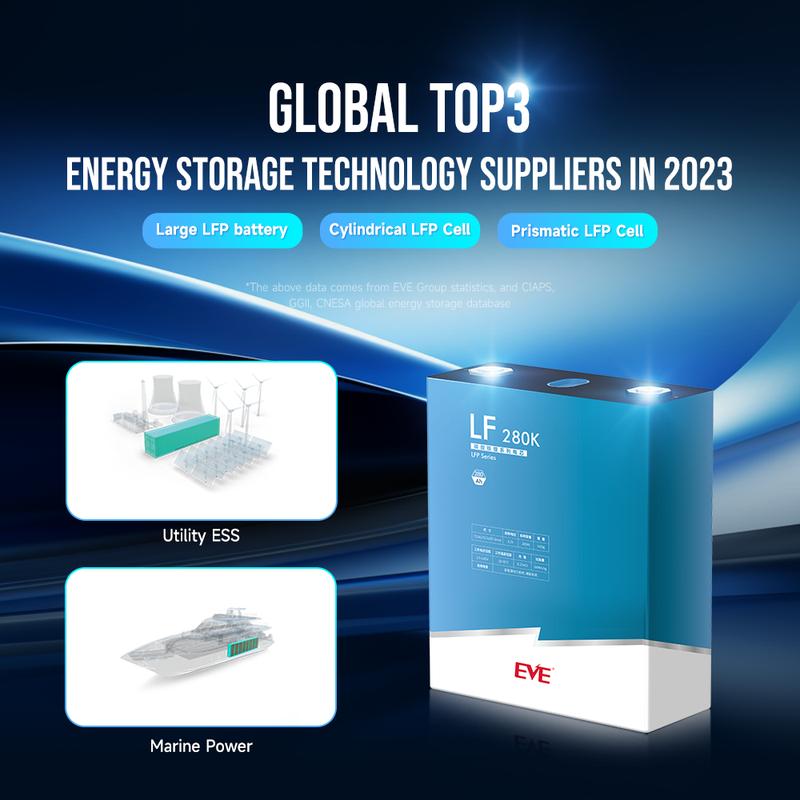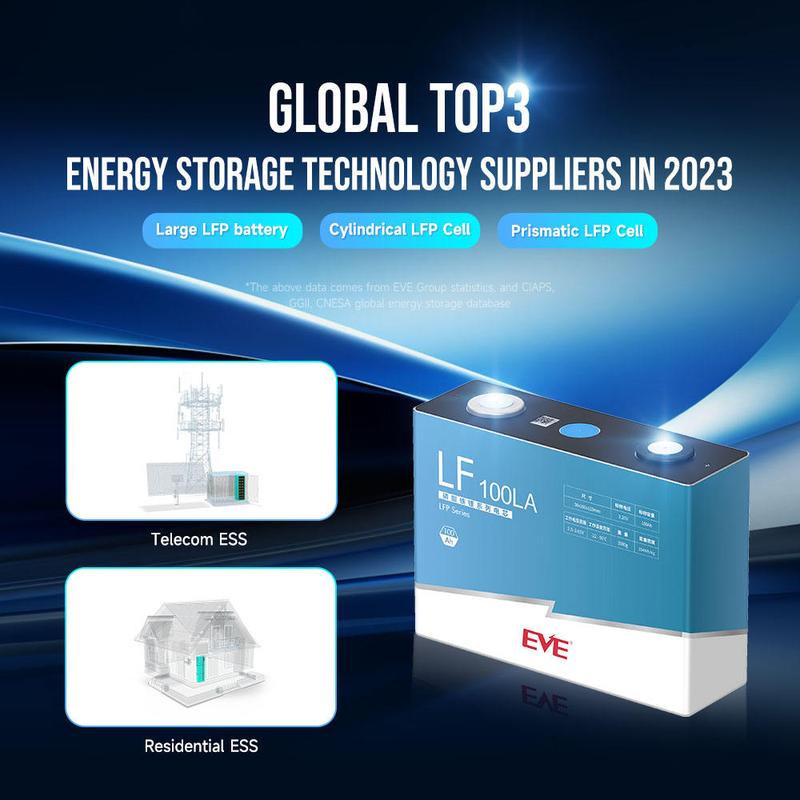-
Guoli Building, Zhonghang Road
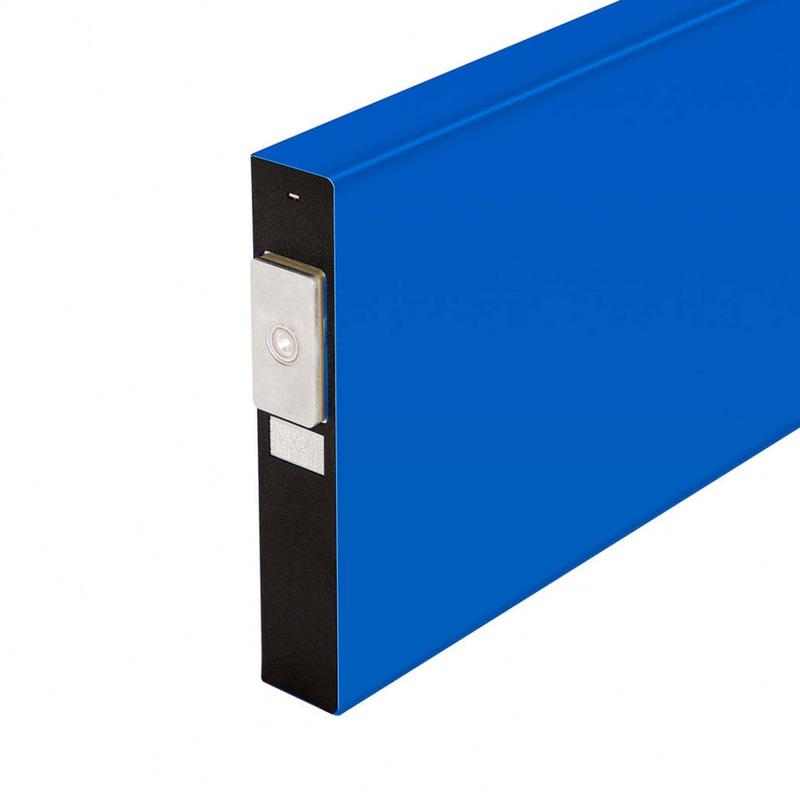
Lithium-ion vs Lithium Polymer Battery: Which is Better?
1. Understand first: What is the difference between these two batteries?
Before discussing which one is better, lithium-ion battery or lithium polymer battery, we must first clarify the difference between them. Just like choosing fruit, you must first know what apples and oranges look like and what they taste like before you can choose the one that suits your taste better. Although both batteries are related to “lithium”, if you look closely, there are many differences from structure to performance!
(I) Structural differences: one is like “canned cola”, the other is like “plastic bag juice”
I believe everyone has seen lithium-ion batteries more or less. The common 18650 battery is a typical representative. It is cylindrical. There are also square lithium-ion batteries. This type of battery uses liquid electrolyte. In order to prevent the electrolyte from leaking, it is sealed with a metal shell, either a steel shell or an aluminum shell. This is like a can of cola. The metal can holds the cola firmly inside, and the shape is fixed. It is difficult for you to change its shape.
Let’s look at lithium polymer batteries. It is much more flexible! It uses solid or gel electrolyte, and is wrapped in an aluminum-plastic film soft package. This soft package is like a plastic bag for juice, and you can pinch it into various shapes. The thinnest lithium polymer battery can be 0.5mm, and it can be bent. It can perfectly fit various devices with strange shapes, such as those electronic products that pursue extreme lightness and unique shapes. Lithium polymer batteries can show their skills.
(II) Essential relationship: In fact, they are “one family”
Speaking of it, lithium polymer batteries are essentially an “improved version” of lithium-ion batteries. Their core working principles are the same, and they all rely on lithium ions to move back and forth between the positive and negative electrodes to generate electricity. It’s like two brothers, although they have different personalities and appearances, they have the same blood in their bones. The difference between them is mainly reflected in the electrolyte and packaging form. This small difference brings about a series of differences in subsequent performance and application scenarios.
2. Head-on confrontation: Who is stronger in 6 dimensions?
Now that we have figured out the difference between lithium-ion batteries and lithium-polymer batteries, the next step is the most concerned part. Which of these two batteries is better in terms of performance? Let’s compare them from the six dimensions of battery life, safety, shape, durability, price, and adaptability to extreme environments. You will have a good idea after reading it!
(I) The most concerned about battery life: Which one can be more “loaded”?
For friends who pursue long battery life, the energy density of the battery is very important. It determines how much power the battery can store at the same weight or volume. Lithium-ion batteries perform very well in terms of energy density. The general energy density is 150-250 Wh/kg. If it is a single cell, it can even reach 460 Wh/kg. This means that under the same weight, lithium-ion batteries can store more power. For example, Tesla’s 4680 battery, with its high energy density, allows electric vehicles to run farther. Laptops can also have good battery life with lithium-ion batteries.
Let’s look at lithium polymer batteries. Their energy density is 120-200 Wh/kg, which seems to be lower than that of lithium ion batteries at first glance. However, it has a unique advantage, which is its high volume utilization rate. Under the same size, lithium polymer batteries can store about 10% more power than lithium ion batteries. For example, the battery of the iPhone we use every day is very thin, but the battery life is not bad. Lithium polymer batteries have made an indispensable contribution to this. In addition, those small wearable devices are also very suitable for lithium polymer batteries.
(II) Safety Party Focus: Who is less likely to “explode”?
Safety issues are of paramount importance. No one wants the device in their hands to suddenly become a “time bomb”. Lithium ion batteries use liquid electrolytes, which are a bit “slightly temperamental”. If they are overcharged or encounter high temperatures, they are prone to problems. When overcharged, the internal pressure of the battery will increase, which may cause electrolyte leakage. If the situation is serious, it may also cause thermal runaway, which is the fire and explosion that everyone is worried about. However, current lithium-ion batteries are generally equipped with a BMS battery management system that can monitor the battery status in real time, which greatly reduces the safety risk. However, this risk still exists, but the probability is extremely low.
Lithium polymer batteries are much more reliable in terms of safety. They use solid electrolytes and basically will not leak. Even if they are squeezed or punctured, they will only bulge at most, and rarely catch fire or explode. Medical equipment, which is related to human life safety, has extremely high requirements for battery safety, so lithium polymer batteries are very suitable; and drones, which are flying in the air, if there is a problem with the battery, it will be terrible. The high safety of lithium polymer batteries can make pilots more assured.
(III) Must-see for those who like appearance: Who has a more “varied figure”?
In this era of looking at faces, the appearance of electronic products is also very important, and the shape of the battery has a great impact on the appearance design of the device. The shape of lithium-ion batteries is relatively fixed, and the most common ones are cylindrical and square. This is like a straight man who is not very flexible. Putting it into the device sometimes takes up more space and limits the design of the device. Just like some early mobile power banks, they used 18650 cylindrical lithium-ion batteries, which were relatively large and not delicate in appearance.
Lithium polymer batteries are much more flexible and can be called “Transformers”. They can be made into curved surfaces, such as the curved screens of some high-end mobile phones, which can be equipped with curved lithium polymer batteries; they can also be made ultra-thin, such as folding screen mobile phones, which have such a thin body thanks to the fact that lithium polymer batteries can be very thin; they can even be made into special shapes, perfectly fitting the internal structure of the device, making the appearance design of the device more free, and can be made thinner and more beautiful. People who love appearance, are you tempted?
(IV) The dilemma of the durability party: Who is more “long-lived”?
The durability of a battery is also called the cycle life, which refers to the number of times the battery is charged and discharged before the capacity drops to a certain level, generally 80% of the initial capacity. The cycle life of a lithium-ion battery is usually around 500-1000 times, but if it is a lithium iron phosphate lithium-ion battery, the cycle life can reach more than 3000 times. Electric vehicles are used every day, so they need batteries with a long cycle life. Lithium-ion batteries are more suitable and can meet the needs of long-term use. Energy storage batteries are also charged and discharged repeatedly for a long time, and lithium-ion batteries can also do the job. The cycle life of lithium polymer batteries is about 300-800 times, which seems shorter than that of lithium-ion batteries. But here is a little trick. If you charge and discharge shallowly, that is, don’t charge it after it is fully charged, its cycle life can be increased to 5,000 times. For equipment such as drones and model airplanes, the frequency of use is not particularly high, but each time it is used, it is a high load, and there are requirements for battery weight and volume. Lithium polymer batteries are more suitable, and they can also have good durability through reasonable use.
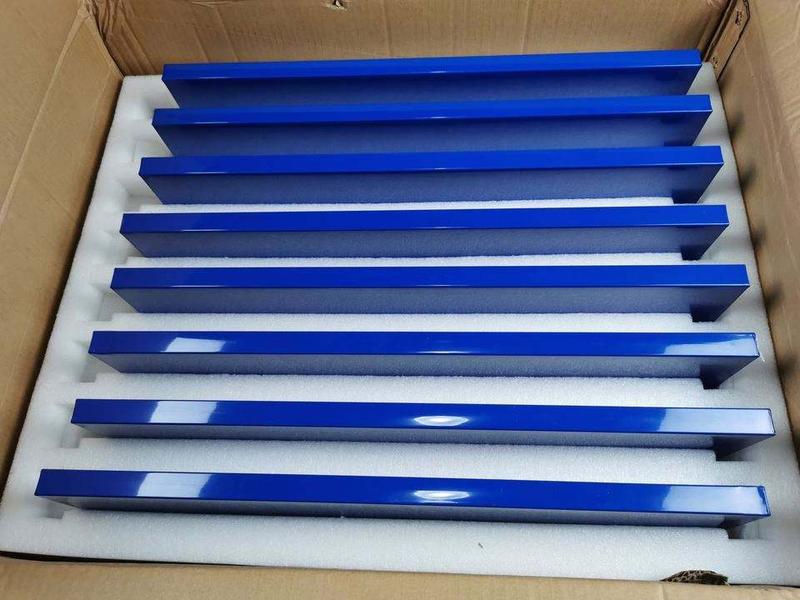
(V) Wallet Party Cares: Who is more “money-saving”?
Price is a factor that many people consider when choosing a battery. Lithium-ion batteries have achieved large-scale production due to mature technology, so the price is relatively affordable. At present, its unit price is about $120/kWh, which is very cost-effective. For mass consumer electronics, such as mobile phones and tablets, the use of lithium-ion batteries can not only guarantee performance, but also not cost consumers too much, which is very in line with the needs of the wallet party.
The price of lithium polymer batteries is a bit expensive, with a unit price of about $200/kWh. This is mainly because its production process is relatively complicated, such as lamination technology, which has high process requirements, resulting in the inability to reduce costs. Therefore, lithium polymer batteries are generally used in high-end devices that have high battery performance requirements and sufficient budgets. If your budget is limited, you may have to consider it carefully.
(VI) Extreme environment test: Which is more “durable”?
In some extreme environments, such as cold winters or hot summers, the performance of batteries will be tested. The operating temperature range of lithium-ion batteries is generally between -25℃ and 45℃. In low temperature environments, its battery life will be significantly reduced. I believe many people have experienced that their mobile phones lose power very quickly in winter. This is the performance of lithium-ion batteries at low temperatures. In high temperature environments, attention should be paid to heat dissipation, otherwise safety problems may occur.
The temperature range of lithium polymer batteries is similar to that of lithium-ion batteries, but its solid electrolyte is more stable at high temperatures. In terms of low temperature performance, it is also slightly better than lithium-ion batteries. Although the gap is not particularly large, this little advantage may also play a key role in extreme environments. For example, in some special occasions with high temperature requirements, lithium polymer batteries may have more advantages.
3. Scenario selection: buy the right one, not the expensive one!
After understanding the performance differences between lithium-ion batteries and lithium polymer batteries in various dimensions, I believe everyone has made a preliminary judgment in their hearts. But in actual selection, it is necessary to combine the specific usage scenarios. After all, the one that suits you is the best. Let me tell you in detail which batteryto choose in different scenarios.
(I) Choose lithium-ion batteries, which are suitable for the following 3 scenarios:
Pursue high battery life + long life: If you often ride an electric bike for long distances, or have installed energy storage equipment at home and need to charge and discharge it every day, or if you want your laptop to last for several years, then lithium-ion batteries are your best choice. Take electric cars for example. The lithium-ion batteries used in Tesla Model 3 can easily reach a range of several hundred kilometers, which is completely sufficient for daily commuting and occasional long-distance travel. Home energy storage systems, such as Tesla’s Powerwall, also use lithium-ion batteries, which can provide stable power to the home for a long time and have a long cycle life, so there is no need to worry about frequent battery replacement. In terms of laptops, many Lenovo ThinkPad series are equipped with lithium-ion batteries, which have a long battery life and can keep you from worrying about insufficient power when you are out working.
Limited budget: If your budget is limited, when choosing devices such as mobile phones and tablets, lithium-ion batteries will be a more cost-effective choice. Taking mobile phones as an example, most mid- and low-end mobile phones on the market use lithium-ion batteries, which are relatively affordable and have performance that can meet daily use. Some of Xiaomi’s thousand-yuan phones are equipped with lithium-ion batteries. They can basically last a day for daily video watching, playing games, and chatting on WeChat. They are also affordable and very suitable for price-sensitive consumers.
Need high current discharge: If you often use power tools, such as electric drills and electric saws, some lithium-ion batteries that support high-rate discharge can come in handy. Power tools need to output a large current instantly when working. Many 18650 batteries in lithium-ion batteries have the ability to discharge at a high rate, which can meet the needs of high-current discharge of power tools, making the tools run more powerfully and work more efficiently.
(II) Choose lithium polymer batteries, which are suitable for these 3 scenarios:
No inch of space can be wasted: For those devices that pursue extreme lightness and thinness, such as folding screen mobile phones, ultra-thin notebooks, and smart watches, lithium polymer batteries are simply “saviors”. The folding screen mobile phone has a large screen when unfolded, but the internal space of the body is limited. Lithium polymer batteries can be made into ultra-thin shapes and can be stuffed in to ensure sufficient power. Huawei’s Mate X series of folding screen phones use lithium polymer batteries, which can provide good battery life while ensuring a thin and light body. The same is true for ultra-thin notebooks. Apple’s MacBook Air has a very thin body, and the lithium polymer battery used in it is perfectly adapted, making the notebook both thin and portable, and having a certain battery life guarantee. This is even more true for smart watches. With a small size, lithium polymer batteries can be made into various shapes according to the internal structure of the watch, maximizing the use of space and packing more power.
Safety first: In medical equipment and aviation equipment, which have extremely high safety requirements, lithium polymer batteries are the first choice. Pacemakers are important medical equipment for maintaining normal heartbeats, and lithium polymer batteries are used in them. Its high safety can ensure that there is no threat to the patient’s life safety under any circumstances. Aviation equipment is also the same. When flying in the air, if the battery catches fire and explodes, the consequences will be disastrous. The characteristics of lithium polymer batteries that are not easy to catch fire and explode can make the flight of aircraft safer. Some drone aerial photography equipment will also use lithium polymer batteries to ensure flight safety.
Need “fast charging”: If you are a drone enthusiast, you must know the trouble of having to charge the drone after flying for a while. At this time, some lithium polymer batteries that support 15C fast charging can solve your troubles. It can charge 80% of the power in 10 minutes, greatly shortening the charging time, allowing you to enjoy the fun of flying more. Some high-end drones like DJI use lithium polymer batteries that support high-rate fast charging, making the use of drones better.
4. Common misunderstandings: Don’t make mistakes in these 3 things!
When choosing and using lithium-ion batteries and lithium polymer batteries, you may have some misunderstandings. Let’s clear up the confusion for everyone so that everyone can have a more accurate understanding of these two batteries.
(I) “Lithium polymer batteries must have a larger capacity than lithium-ion batteries?”
Many people think that lithium polymer batteries must completely crush lithium-ion batteries in terms of capacity, but this is not the case. In terms of power storage by weight, that is, energy density, lithium-ion batteries are better. Their energy density is generally between 150 and 250 Wh/kg, and some monomers can even reach 460 Wh/kg. But in terms of power storage by volume, lithium polymer batteries have more advantages. Because it uses soft packaging and has high internal space utilization, lithium polymer batteries can store about 10% more power than lithium ion batteries of the same size. Therefore, it cannot be simply said that lithium polymer batteries must have a larger capacity than lithium ion batteries. It depends on which angle to compare.
(II) “Lithium-ion batteries are prone to explosion and cannot be used?”
When it comes to lithium-ion batteries, some people worry that they will explode. In fact, there is no need to panic. In regular lithium-ion battery products, they are equipped with a complete protection circuit, just like hiring a “bodyguard” for the battery. When the battery is overcharged or over-discharged, the protection circuit will automatically cut off the current to prevent the battery from “emotionally out of control.” Most of the news about lithium-ion battery explosions on the market are due to the use of counterfeit batteries of poor quality, or violent damage to the batteries, such as puncture, squeezing, etc. As long as you buy regular products and use and maintain them correctly, lithium-ion batteries are still very safe.
(III) “Should the battery be thrown away when its lifespan has expired?”
Many people think that when the battery lifespan has expired and the capacity has decreased, they can only be thrown away and replaced with a new one. In fact, as long as you master the correct usage method, the battery can still “last longer”. Shallow charging and discharging is the key to extending the battery life. Try not to use the battery power below 20%, and do not charge it to 100%. It is better to keep charging in the range of 30% – 80%. This is like eating. Don’t eat when you are too hungry, and don’t eat until you are full. Maintaining a moderate “diet” will make the battery more durable. In addition, both lithium-ion batteries and lithium-polymer batteries are very afraid of high temperatures. Try to avoid high temperature environments when using and storing them, which can also extend the batterylife.
V. Summary: There is no “best”, only “most suitable”
After so many dimensional comparisons and scenario analyses above, I believe everyone has seen that lithium-ion batteries and lithium-polymer batteries are like two players with their own strengths, shining in different fields, and it is difficult to simply say which one is absolutely better than the other.
Lithium-ion batteries are like all-around players. They have good performance in terms of battery life, lifespan, cost, etc. They are relatively balanced and have no obvious shortcomings. They are like the “top students in all subjects” in the class, and they can get good scores in every subject. Therefore, it is very suitable for most daily use scenarios. For example, our commonly used mobile phones, laptops, electric vehicles, etc., lithium-ion batteries can do a good job and meet our basic needs. Moreover, they are affordable and cost-effective.
Lithium polymer batteries are like specialized players. They are very outstanding in terms of lightness, safety, and flexible shape. They are like the “special students” in the class, and have unique advantages in one or two fields. Therefore, it is more suitable for high-end or special devices that have special requirements for battery performance, such as folding screen mobile phones, smart watches, medical equipment, drones, etc. These devices have high requirements for battery safety, lightness, and shape adaptability. Lithium polymer batteries can perfectly meet these requirements and make the performance of the equipment better.
So, next time when you are going to buy electronic products or consider replacing the battery of your device, you might as well calm down and think about what you care about most – the battery life of the device, its appearance and thinness, or safety? After clarifying your needs, and then choosing according to the characteristics of these two batteries, you can be sure to choose the most suitable battery for yourself, making your device more comfortable and smooth to use!
